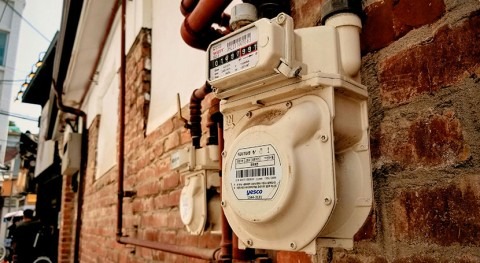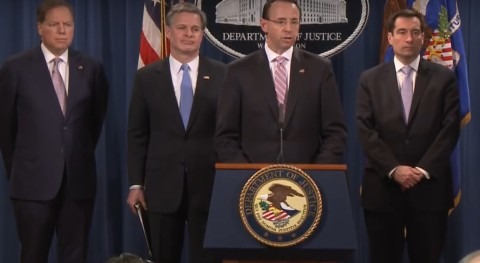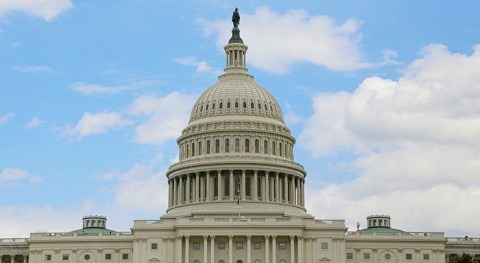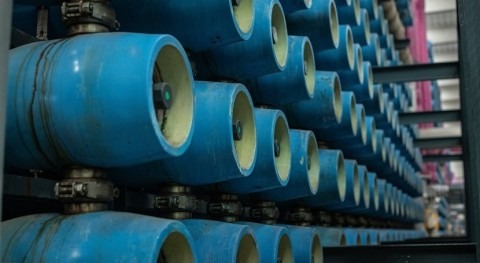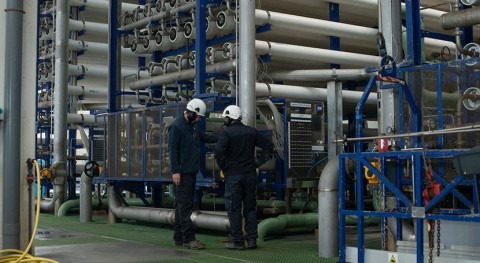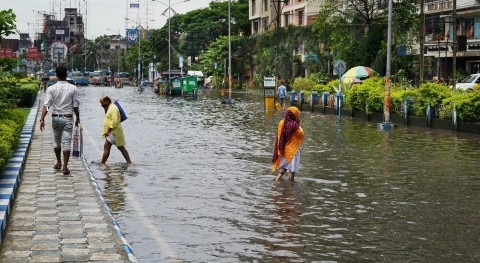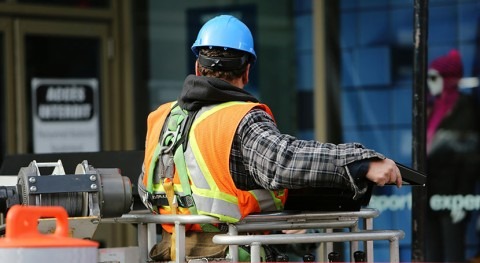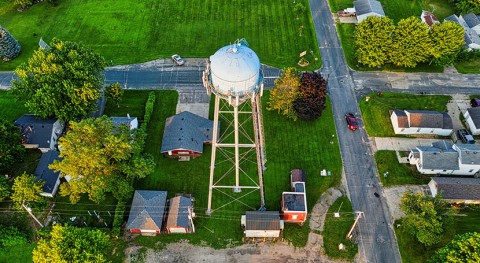Back in 2009, developed countries committed to a goal of mobilizing jointly $100 billion dollars a year by 2020 to support developing countries tackle and adapt to climate change. This commitment was later reflected in target 13.a of SDG 13: Take urgent action to combat climate change and its impacts, and renewed in the 2015 Paris Agreement. But rich nations are yet to deliver on their promise, informs Phys.org.
The recently released OECD report on Climate Finance Provided and Mobilised by developed Countries in 2013-2018 uses the latest available data to provide an assessment of the progress towards the UNFCCC goal of mobilising $100 billion a year by 2020. According to the OECD, in 2018 total climate finance provided and mobilised by developed countries for developing countries reached $78.9 billion, up by 11% from 2017. Most of it was public climate finance ($62.2 billion), with $2 billion in export credits and about $14.6 billion from private sources.
The $100 billion target could be reached if climate finance continued increasing at the same rate as between 2017 and 2018, but that rate already slowed down and the impact of the pandemic is yet to be seen.
On the other hand, the Climate Finance Shadow Report 2020 released last October by Oxfam International paints a different picture. It claims that a close look at the public climate finance reported by donors overstates it by a large margin. If you account for loan repayments, interest and other factors, the actual public climate-specific net assistance is about one third of the reported figures, some $20 billion. Furthermore, only a fifth of the climate finance consisted of grants, and the increase over the years largely comes from non-concessional loans and other non-grant instruments. Oxfam argues that “The world’s poorest countries and communities should not be forced to take out loans to protect themselves from the excess carbon emissions of rich countries”.
Both reports agree that only a small share of the climate assistance went to those that need it most. The OECD reports that in 2016-2018 financing for Least Developed Countries (LDCs) and Small Island Developing States (SIDS) represented 14% and 2% of the total, respectively, while 69% went to middle-income countries.
In terms of climate focus, mitigation represents 70% of the total funding, and adaptation 21%, with the rest being cross-cutting. The breakdown by sector was 34% for energy, 14% for transport and storage, 9% for agriculture, forestry and fishing, and 7% for water and sanitation. Oxfam reports similar figures for the share of adaptation and mitigation finance, and calls for an increase in adaptation finance, a priority for the world’s poorer countries.
Last October, the G20 announced an extension until June 2021 of the Debt Service Suspension Initiative (DSSI), a temporary freeze in debt repayment for low-income countries to mitigate the impact of the COVID-19 crisis. While the world struggles with the pandemic, the climate crisis continues to be a growing threat, and least developed countries face the greatest risks, even though they are not causing it. As co-author of Oxfam’s report Tracy Carty remind us, "climate finance is a lifeline for communities facing record heatwaves, terrifying storms and devastating floods".






